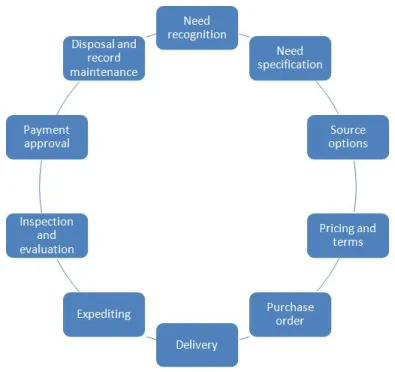How a Standardized Process Enhances Team Collaboration and Productivity
- donnariekepro
- Jul 3, 2024
- 3 min read
In today’s dynamic business landscape, where teams are often distributed across different locations and time zones, effective collaboration and productivity are key drivers of success. Implementing a standardized process is a powerful strategy that organizations can leverage to streamline workflows, foster better communication, and ultimately enhance team collaboration and productivity. Here’s a closer look at how standardized processes contribute to these outcomes:
1. Clarity and Consistency in Workflows
Standardized processes provide clarity by defining clear steps and guidelines for completing tasks. When everyone on the team understands the process and knows what is expected of them, it reduces confusion and minimizes errors. For example, in project management, standardized processes outline how tasks should be assigned, executed, and monitored, ensuring consistency in project delivery. This clarity enables team members to focus on their roles without second-guessing procedures, leading to increased efficiency.
2. Efficient Resource Allocation
By standardizing processes, organizations can optimize resource allocation more effectively. When workflows are predictable and well-defined, managers can allocate resources such as time, manpower, and budget more efficiently. This ensures that teams have the necessary resources to complete their tasks on schedule, preventing delays and bottlenecks. For instance, in software development, standardized processes for code review and testing help allocate developer resources appropriately, enhancing overall project efficiency.
3. Improved Communication and Collaboration
Standardized processes promote better communication among team members. With established protocols for sharing information, providing updates, and seeking feedback, teams can collaborate more seamlessly. Tools like project management software, integrated communication platforms, and regular status meetings are essential components of standardized processes that facilitate communication. Enhanced communication fosters a collaborative environment where ideas are exchanged freely, issues are resolved promptly, and decisions are made collectively.
4. Reduced Turnaround Time
Consistent workflows enabled by standardized processes contribute to faster turnaround times for tasks and projects. When team members follow standardized procedures, they can complete their work more efficiently, minimizing unnecessary delays. For example, standardized processes for document approval in administrative tasks ensure that files move through the approval chain promptly, preventing documents from getting stuck in limbo. This accelerated workflow not only improves productivity but also enhances customer satisfaction by delivering results in a timely manner.
5. Scalability and Adaptability
Standardized processes are scalable, allowing organizations to maintain efficiency as they grow or undergo changes. Whether expanding operations, adding new team members, or adapting to market shifts, standardized processes provide a framework that can accommodate these changes seamlessly. For instance, standardized onboarding processes ensure that new hires receive consistent training and integration into the team, regardless of organizational size or location. This scalability ensures continuity in operations and minimizes disruptions during periods of growth or transition.
6. Continuous Improvement and Innovation
A key benefit of standardized processes is their role in fostering a culture of continuous improvement and innovation. By establishing benchmarks and performance metrics within processes, organizations can systematically identify areas for enhancement. Regular evaluations and feedback loops built into standardized processes enable teams to refine their workflows, adopt best practices, and innovate new solutions. This iterative approach not only boosts productivity but also positions organizations as industry leaders committed to excellence and innovation.
Conclusion
In conclusion, standardized processes play a crucial role in enhancing team collaboration and productivity by providing clarity, optimizing resource allocation, improving communication, reducing turnaround times, enabling scalability, and fostering continuous improvement. By implementing and maintaining standardized processes, organizations can create a cohesive and efficient work environment where teams thrive, projects succeed, and goals are achieved. As businesses continue to evolve in a competitive marketplace, those that prioritize standardized processes will be better equipped to adapt, innovate, and sustain long-term success.
SITES WE SUPPORT
SOCIAL LINKS




Comments